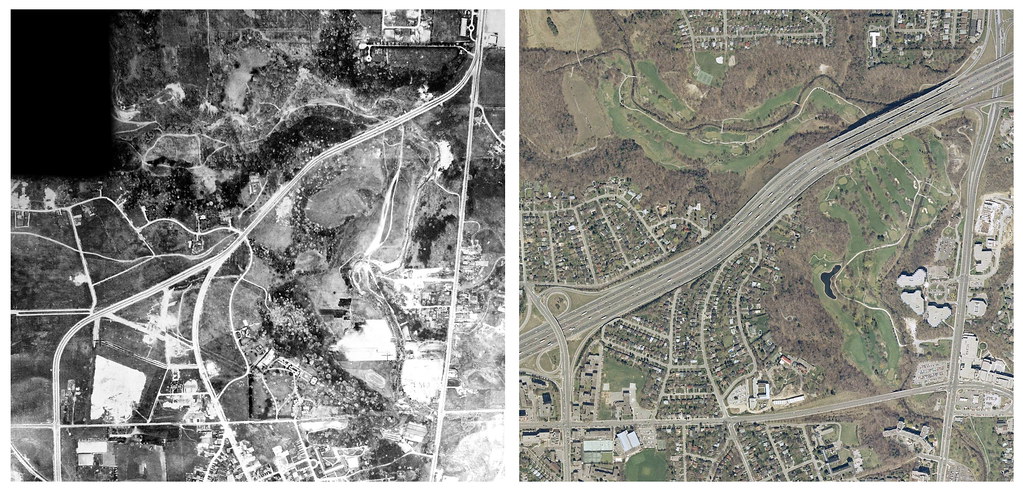Juan_Lennon416
Senior Member
It's been an extremely tepid show of support from him and, at nearly every corner, he's been very quick to point out that he'll advocate for their swift removal if the pilot is unsuccessful.
If something does not work from the get go and shows no signs of improving, why keep it in place?





